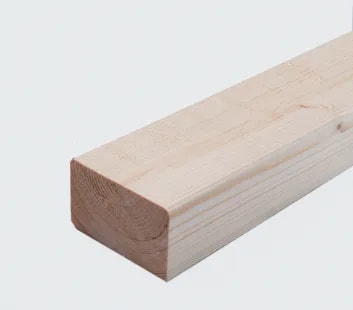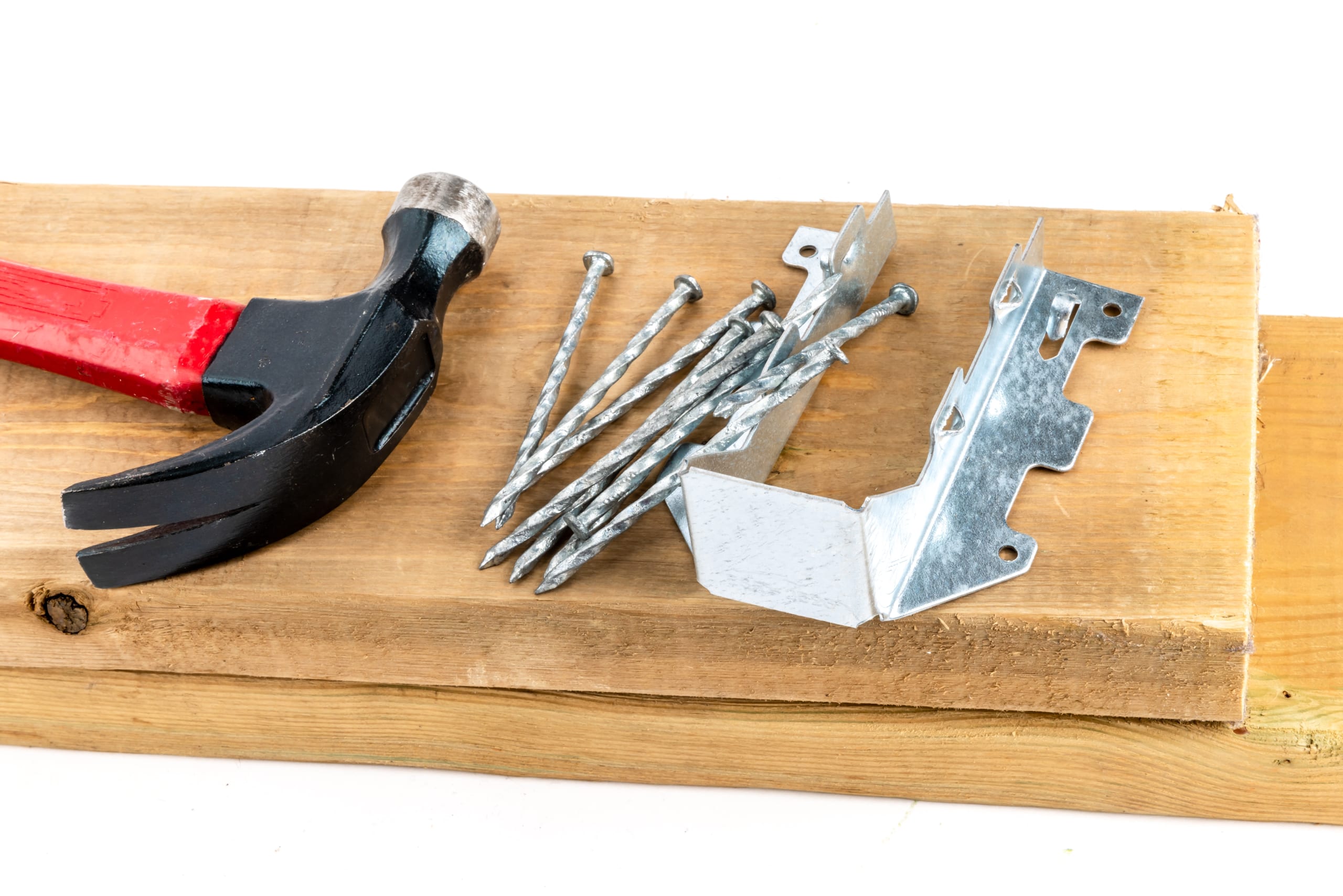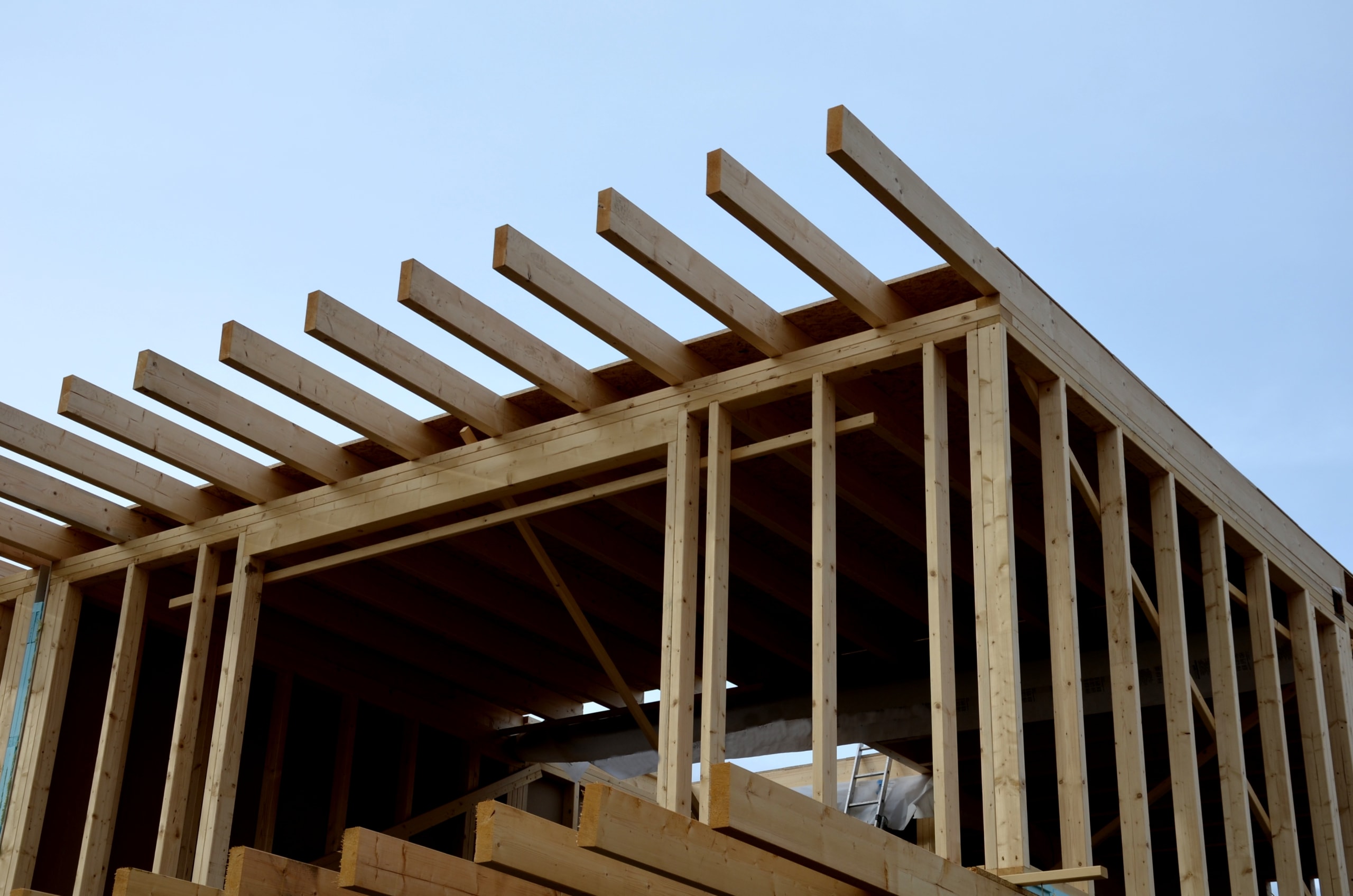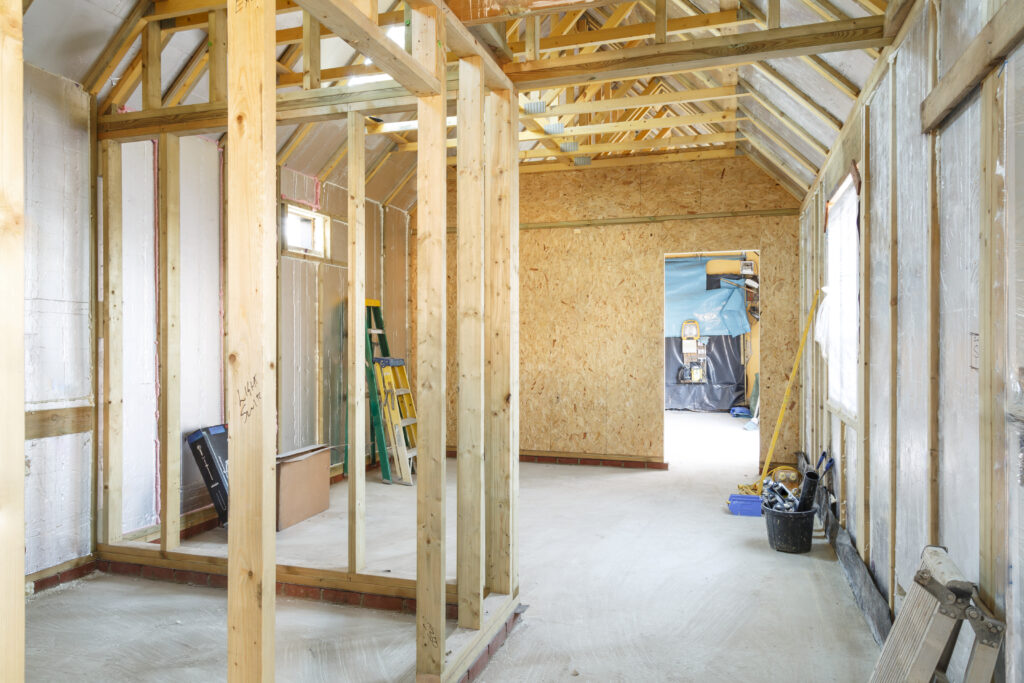CLS Timber
(13 Products)CLS timber, an acronym for Canadian Lumber Standard, is a type of softwood timber that is used extensively in the construction industry. It is a high-quality, kiln-dried timber that is often used for building internal stud walls, partitions, and other structural elements. To ensure its strength and stability, it is kiln-dried to reduce moisture content before being treated with pesticides for protection against insects and decay. Finally, all four sides are surfaced to create rounded edges that provide a sleek and smooth finish. This versatile and durable building material has been used for centuries to create everything from load-bearing walls and roofs to decorative finishes and interior trim work.
What Is CLS Timber?
CLS timber is a type of high-quality softwood that is often used in construction applications, particularly in the UK. It is known for its strength, durability, and versatility, and is used in a wide range of projects, from framing and roofing to wall construction and interior finishing.
At its core, CLS timber is simply a type of timber that has been machined to specific dimensions. The term "CLS" stands for "Canadian Lumber Standard," which refers to the standard sizes and grades that are used in the production of this type of timber.
In terms of its physical characteristics, CLS timber is typically made from high-quality spruce or pine, which are known for their strength and stability. The timber is machined to specific dimensions, typically 38mm x 89mm or 38mm x 140mm, which allows for easy handling and installation. It is also planed on all sides to provide a smooth, consistent finish.
We stock the following CLS timber:
To explore all of our other timber products (available in a host of lengths, strengths and dimensions), please refer to our Timber & Sheet homepage.
CLS Timber Applications
- Framing and roofing applications
- Carcassing
- Timber framework construction
- Wall construction, particularly partition walls
- Interior finishing applications
- Skirting boards
- Architraves
- Decorative features
CLS Timber Key Features
- Pressure treated - resists insects, mould and rot
- Slow grown and kiln dried
- Sustainably sourced
- Strength class: typically graded to C16 - although sometimes available in C24
- Exceptional strength and resilience
- Suitable for a wide range of applications
The Definition and Origins of CLS Studwork Timber
CLS stands for Canadian Lumber Standard, which refers to the size and grade of the timber produced for construction use.
The origins of CLS timber can be traced back to Canada, where this standardized size and grade of timber was first developed. Over time, it has become a popular choice in the construction industry globally.
CLS Timber Sustainability and Environmental Benefits
Sustainability is a growing concern in the construction industry, and CLS timber is a sustainable option for building materials. The timber used in CLS timber is typically sourced from sustainably managed forests, ensuring that the resource will be available for future generations.
Additionally, CLS timber is often treated with preservatives to prevent decay and prolong its useful life, which can help to reduce waste and promote sustainability.
In essence, CLS timber is a reminder of our responsibility to steward the earth's resources wisely. As we harvest timber from the forest, we must do so in a way that is sustainable and respectful of the delicate balance of nature. We must also use the material with care, designing buildings that are efficient, durable, and long-lasting.
Frequently Asked CLS Timber Questions
What Is The Difference Between C16 And C24 CLS Wood?
The European Standard BS EN519 grading system divides CLS timber into two strength categories: C16 and C24. Although they are of a similar appearance, the latter is more robust in nature — an attribute which can be seen in its often higher price tag.
How Does CLS Timber Compare To Other Types Of Timber?
CLS timber is often preferred over other types of timber for load-bearing applications because of its strength and stability. On top of its many benefits, its consistent dimensions and smooth surface texture also make it easier to work with and provide a polished finish.
Can You Use CLS For Stud Wall Applications?
When it comes to interior stud walling, CLS is an obvious choice due to its structural integrity and stability.
Whether you need a partition or batten wall design, this type of timber will always ensure optimum precision for your project.
Can CLS Timber Be Used Outside?
To ensure the longevity of CLS timber, it is essential that it has been treated prior to outdoor usage. Otherwise, external conditions can cause rot and decay over time.
Before considering CLS timber for external use, it is critical to ensure that the wood has been adequately safeguarded against moisture and other environmental elements. Although this type of timber is an excellent option for internal structures, its resilience outside depends on adequate protection and treatment.
How Does CLS Wood Contribute To The Circular Economy?
The circular economy is an economic model that seeks to minimise waste and promote the efficient use of resources by keeping them in use for as long as possible.
In the context of construction, the circular economy involves designing buildings and infrastructure to be durable, adaptable, and easy to disassemble and reuse. It also involves using materials that are renewable, recycled, or biodegradable to minimise the environmental impact of construction.
CLS wood contributes to the circular economy by being a renewable resource that can be recycled or reused at the end of its useful life. Additionally, the use of CLS timber in building construction can promote sustainable building practices and reduce waste.



















